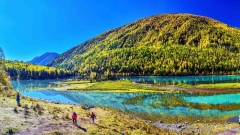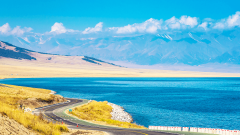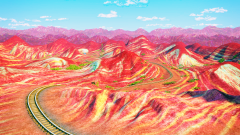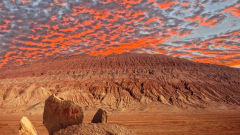The Taklamakan Desert, stretching across the Tarim Basin in Xinjiang, is China’s largest and most mysterious desert. Vast and desolate, yet full of allure, it offers a unique adventure for those who dare. Whether you’re cruising the Tarim Desert Highway or venturing deep into the heart of the sands, a Taklamakan crossing is a journey of extremes and unforgettable memories. This guide offers recommended routes, essential gear, and safety tips to help you navigate this sea of sand safely.
Recommended Routes
1.Northern Route (Korla – Luntai – Tazhong – Ruoqiang)
Best for: Intermediate off-road drivers Distance: ~400 km Duration: 2–3 days
This is the most well-established and relatively safe crossing route, following the Tarim Desert Highway along the desert’s northern edge. Starting from Korla, travelers pass through Luntai and enter the desert, heading south toward Ruoqiang.
The route features striking scenery—golden dunes, vast salt flats, and scattered desert poplar (Populus euphratica) forests showcasing the classic Taklamakan landscape. Road conditions are generally good, with fuel stations and supply stops (e.g., Tazhong service area), making it ideal for first-time desert explorers.
Highlights:
- Paved desert road with diverse landscapes, ideal for photography
- Convenient resupply points and higher safety
- Golden Euphrates poplars in October
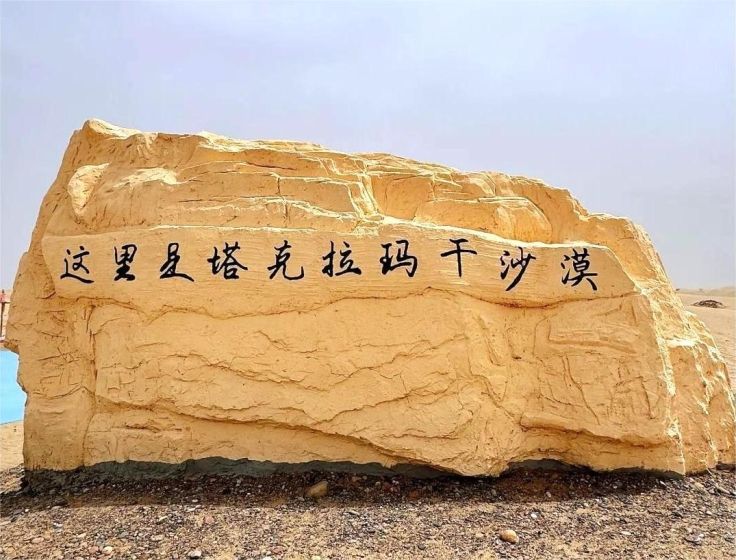
Taklamakan Desert
2.Southern Route (Hotan – Minfeng – Tazhong – Luntai)
Best for: Advanced explorers Distance: ~520 km Duration: 3–5 days
This route cuts through the heart of the desert and is the most challenging. Starting in Hotan, you pass through Minfeng and enter dense dune zones, then head north to Tazhong where it connects with the northern route.
There are almost no established roads—navigation relies entirely on GPS and driving experience. With very few resupply points, and harsh, varied terrain, this route demands a powerful 4WD vehicle, full desert survival gear, and at least two vehicles traveling together.
Highlights:
- Immersive experience in the desert’s wild core
- The most extreme and authentic challenge of the “Sea of Death”
- Vast dune fields, dried lakebeds, and hauntingly beautiful wastelands
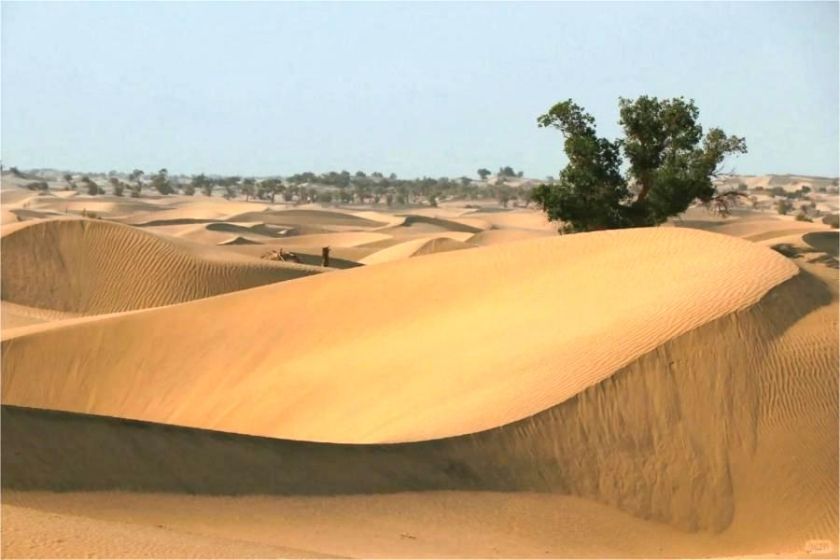
Essential Gear & Preparation
1.Vehicle:
Use a reliable 4WD off-road vehicle equipped with sand ladders, a winch, spare tires, an air pump, and other recovery gear to handle sand entrapments and long-distance travel.
2.Navigation:
Carry a high-precision GPS device and printed maps. Plan your route in advance to avoid getting lost in the shifting sands.
3.Supplies:
Bring at least 5 liters of drinking water per person per day, along with high-energy, non-perishable food (e.g., compressed biscuits, jerky, energy bars). First-aid kits and essential medications are mandatory.
4.Personal Gear:
Desert gear should include a sun hat, sunglasses, dust-proof scarf or face mask, and lightweight sun-protective clothing. Due to the desert’s large temperature swings, pack a warm jacket for nights.
5.Communication:
There’s no cell signal in most parts of the desert. Carry a satellite phone or long-range walkie-talkies to maintain emergency contact.
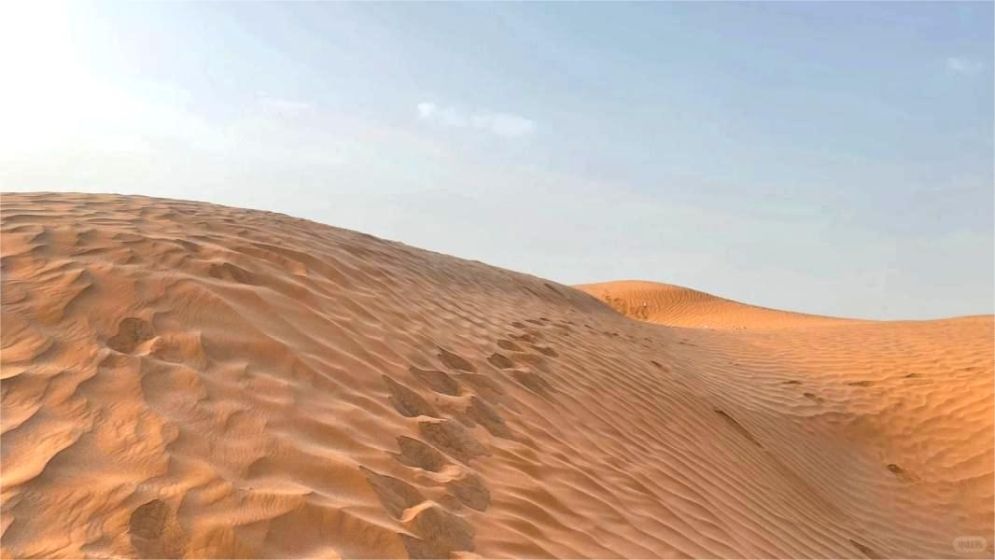
Safety Tips
- Check weather forecasts before departure to avoid sandstorms or extreme heat.
- Travel in a group—never venture alone.
- Report your location regularly and maintain communication.
- Respect the desert’s fragile environment—pack out all waste and leave no trace.
The Experience
Crossing the Taklamakan Desert tests endurance and resilience, but it also unveils the stark beauty and raw power of nature. Under the starlit sky, surrounded by endless sand and whispering winds, you’ll find silence, awe, and a profound connection to the earth—an unforgettable journey into one of the world’s last great wildernesses.



